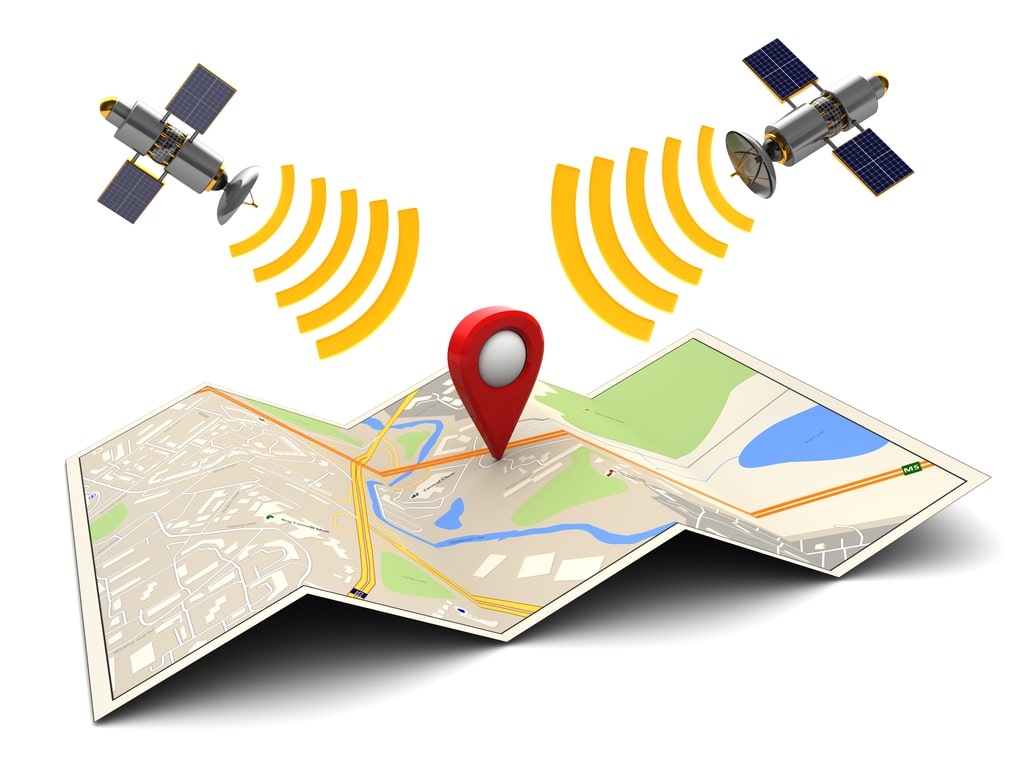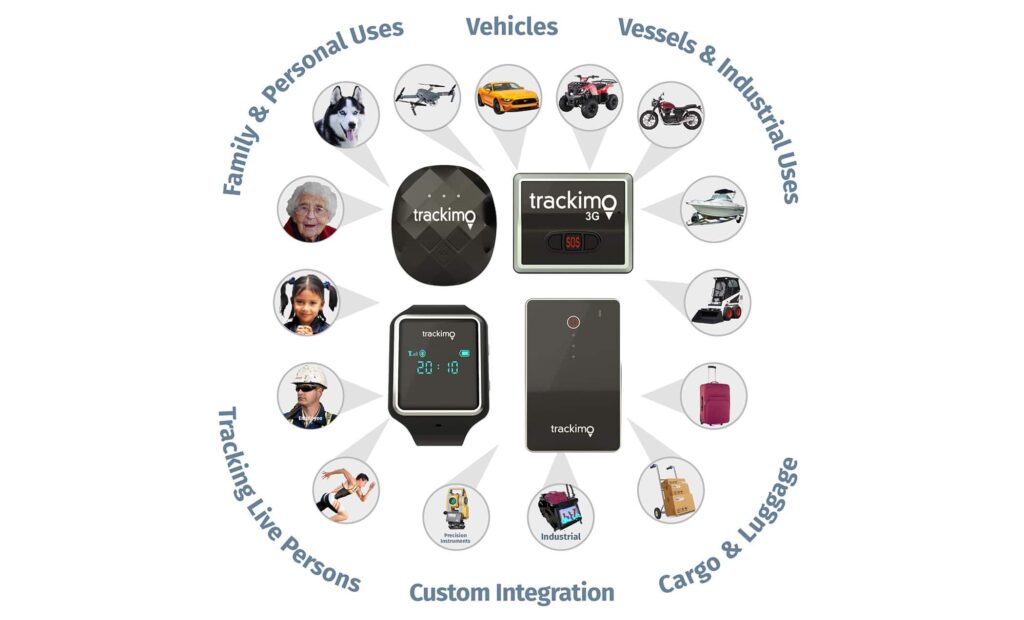Today, fleets have adopted GPS tracking to keep their drivers and vehicles on the right path. From mapping routes to finding lost cars, fleet managers are reaching for GPS-enabled devices to improve efficiency.
With that being said, we can see that GPS tracking is a popular tool in fleets but be careful! Learn how to find your fleet and employee through GPS tracking.
Introduction:
There are a number of ways to find your fleet. One way is to use GPS tracking. GPS tracking can be done using either satellite or cellular technology.
Cellular technology can be more accurate, but it can also be more expensive. Satellite technology is less expensive, but it may not be as accurate.
Once you have chosen a method for tracking your fleet, you will need to set up the system. There are a few different ways to do this, and each has its own set of pros and cons.
One way is to buy a dedicated fleet management system which has usually very comprehensive and includes features like live tracking, driver alerts, and vehicle recalls. These systems can be quite expensive, however, and they may not meet all your needs.
Another option is to use an existing GPS tracking service like Google Maps or Waze. These services offer basic tracking functionality free of charge, but they may not include all the features you need or they may not be as comprehensive as dedicated systems.
If you don’t want or can’t afford a dedicated system, another option is to use third-party services like CelluTrack.ca.
These services offer limited tracking functionality for a fee., However, they are often easier to use than dedicated systems and they offer more features than most free alternatives.
What Is GPS Tracking?
GPS tracking is a great way to keep track of your fleet and ensure that they are where you expect them to be.

Using GPS tracking in conjunction with other data sources, such as mapping services, can provide you with a comprehensive understanding of your company’s movements.
By knowing where your vehicles are at all times, you can avoid costly mistakes and improve safety across your organization.
There are a few key considerations that must be taken into account when using GPS tracking in fleets. First and foremost, it is important to select the right tool for the job.
Depending on the type of data that you want to collect, different tools will be more appropriate. For instance, vehicle location data can be collected using either GPS or cellular technology.
Once you have chosen the right tool, it is important to configure it properly. Make sure that the tracking settings are accurate and up-to-date; if they aren’t, your data will be useless.
Additionally, make sure that all devices in your fleet are registered with the tracking software and connected to the network at all times. This will ensure that all data is collected and analyzed quickly and efficiently.
Finally, make sure that you use GPS tracking in conjunction with other data sources to create a complete picture of what’s happening in your fleet.
By combining information from multiple sources, you can get a more complete understanding of how your vehicles are performing and where problems may exist.
Pros And Cons Of GPS Tracking:
There are a few pros and cons to GPS tracking when it comes to fleet management. On the pro side, GPS tracking can help you keep tabs on your vehicles in real time, pinpointing their locations at any given moment. This can help you avoid accidents and optimize your fleet’s utilization.
On the con side, having a detailed map of your fleet’s location can also be a burden if you have a large number of vehicles.
Furthermore, GPS tracking is not always accurate, so it may not be able to provide reliable data in times of emergency or when vehicles are traveling in difficult terrain.
How To Set Up Your Vehicle For GPS Tracking:
If you own a fleet of vehicles, whether they be cars, trucks, motorcycles, or any other type of vehicle, you can use GPS tracking to keep tabs on them.

There are many different types of GPS tracking devices that can be used for this purpose, but the most popular option is using a satellite tracker.
To set up your vehicle for GPS tracking, you first need to get a tracker that will work with your specific vehicle type. Once you have chosen a tracker and installed it in your vehicle, you will need to activate it.
Activation is typically done through an app on your phone or computer and generally requires providing some basic information about your fleet.
After activation is complete, all you need to do is track the devices in your fleet and view the latest location data.
GPS tracking can be a great way to keep tabs on your fleet and make sure they are safe and healthy.
By using a tracker and activating it correctly, you can rest assured that all of your vehicles are being tracked properly.
Best Uses For A GPS Tracker:
If you operate a fleet of vehicles, it’s important to have a GPS tracker on each one. Here are some best uses for GPS trackers in fleets:

- Monitor vehicle location and movements 24/7. This is the most important use for a GPS tracker in fleets because it allows managers to keep tabs on where their vehicles are at all times. If something goes wrong, managers can quickly find out where the problem is and take corrective action.
- Track vehicle performance data. Tracking vehicle performance data can help managers identify problems with engines, brakes, or transmissions early on. It can also help them decide when to replace or update equipment on the vehicles in their fleet.
- Prevent insurance claims from becoming costly headaches. By tracking down vehicles that have gone missing or been involved in accidents, managers can quickly make sure that no claims get filed and avoid expensive repair bills down the road.
- Manage employee traffic patterns. Knowing which employees are driving which routes throughout the day can help manage traffic flow and minimize congestion during peak hours. It can also help ensure that employees don’t run overtime without authorization or drive after hours without permission from their supervisors.
Conclusion:
Fleet management is an important aspect of any business. By tracking the location and movement of your vehicles, you can optimize your operations and keep your assets safe.
One way to do this is through GPS tracking, which provides you with a detailed view of where each vehicle is at all times.
Not only does this help ensure that your vehicles are being used properly, but it can also provide you with valuable insights into your sales and marketing efforts.
If you’re looking to take advantage of fleet tracking technology in your business, be sure to check out our selection of options.

